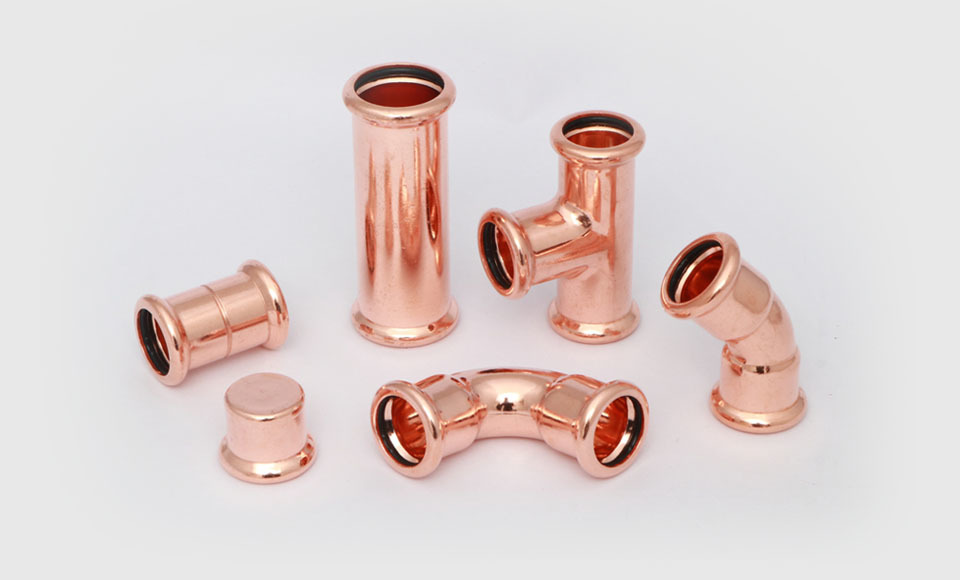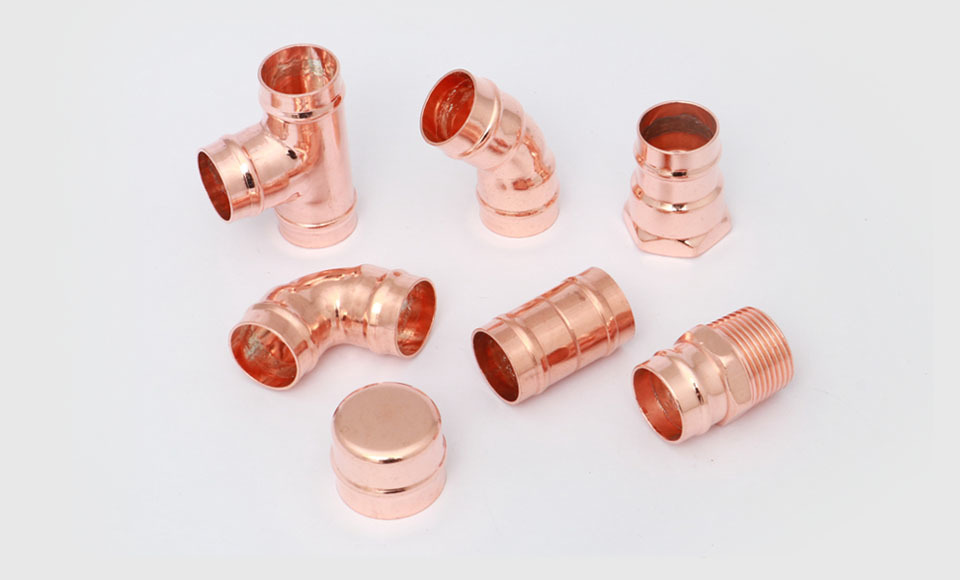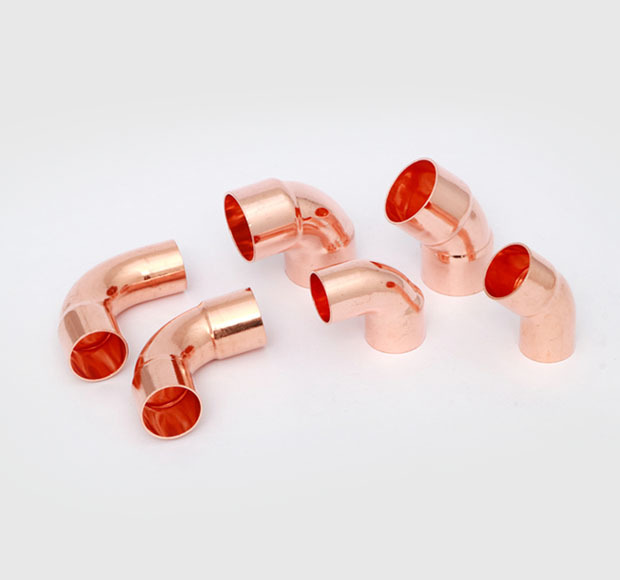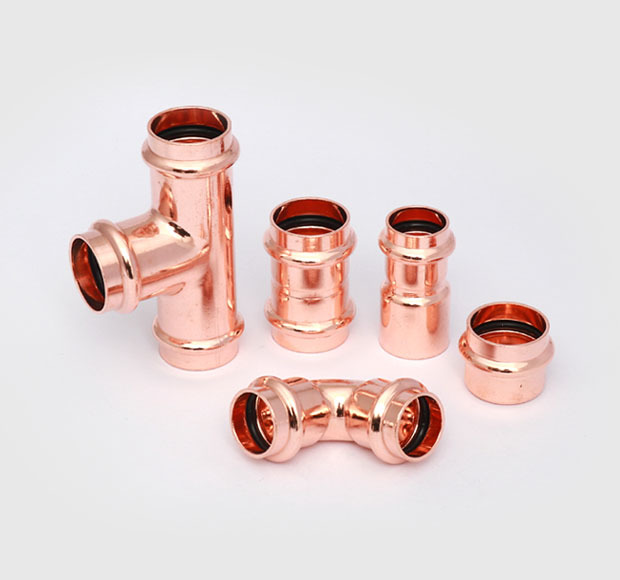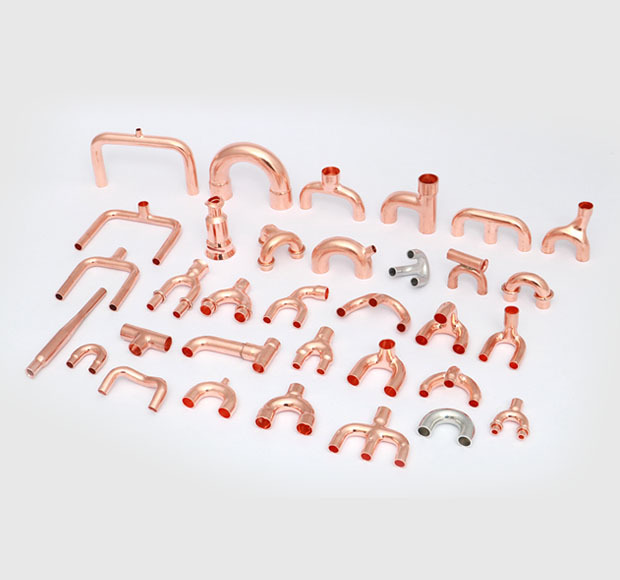News
Quality inspection of elbow welding
2023-05-20
The quality inspection aspects of elbow welding are as follows:
1. Appearance inspection: Generally, it is mainly observed with the naked eye, and sometimes observed with a 5-20 times magnifying glass. Through visual inspection, surface defects such as undercut, overlap, surface cracks, porosity, slag inclusion, and welding penetration can be found on the welded elbow weld seam. The external dimensions of the weld seam can also be measured using a weld junction detector or a template.
2. Non destructive testing: Inspection of defects such as slag inclusion, porosity, and cracks hidden within the weld seam. Currently, X-ray inspection, as well as ultrasonic testing and magnetic testing, is commonly used.
X-ray inspection is the use of X-rays to take photos of welds, and to determine whether there are internal defects, the number and type of defects based on the negative image. Then evaluate whether the weld seam is qualified according to the product technical requirements.
The ultrasonic beam is emitted from the probe and transmitted to the metal. When the ultrasonic beam reaches the interface between the metal and air, it refracts and passes through the weld seam. If there are defects in the weld seam, the ultrasonic beam will be reflected onto the probe and accepted, and at this point, a reflected wave will appear on the fluorescent screen. By comparing and distinguishing these reflected waves with normal waves, the size and location of defects can be determined.
Ultrasonic testing is much simpler than X-ray photography and has been widely used. However, ultrasonic testing can often only be judged based on operational experience and cannot leave any evidence for inspection. For internal defects not deep from the surface of the weld and extremely small cracks on the surface, magnetic testing can also be used.
3. Water pressure test and pneumatic test: For pressure vessels that require sealing, water pressure test and/or pneumatic test must be conducted to check the sealing and pressure bearing capacity of the welds. The method is to inject 1.25 to 1.5 times the working pressure of clean water or gas (mostly air) into the container, stay for a certain period of time, and then observe the pressure drop inside the container, and observe whether there is any leakage externally. Based on these, the qualification of the weld can be evaluated.
4. Mechanical property test of elbow: NDT can find the inherent defects of the weld, but it can not explain the mechanical property of the metal in the Heat-affected zone of the weld. Therefore, sometimes tensile, impact, bending and other tests are required for welded joints. These tests are completed by a test panel. The test plate used should preferably be welded together with the longitudinal seam of the cylinder to ensure consistent construction conditions. Then conduct mechanical performance tests on the test panel. In actual production, this aspect of testing is generally only conducted on welded joints of new steel grades.
Other related news
The current processing status of red copper three-way pipe fittings in China
The red copper three-way pipe fittings have also followed the rapid development of China's economy and continuous innovation in science and technology. They are widely used in industries such as air conditioning, refrigerator refrigeration, shipbuilding, waterways, and petrochemicals due to their appropriate strength, excellent welding performance, easy shaping and processing, and good corrosion resistance. What is the current processing status of red copper three-way pipe fittings in China?
2023/05/20
Selection of Copper Pipe Bend for Refrigeration of Purple Copper U-shaped Pipe Air Conditioner
The U-shaped copper pipe bend is the most widely used in pipelines, mainly used for bending and connecting pipelines. It is the most common in refrigeration pipeline systems, including various refrigeration products such as air conditioning, refrigerators, and cold storage. Due to the fact that pipelines are important transmission channels for transporting refrigerants, liquids, gases, etc., the quality and selection of copper pipe bends are very important.
2023/05/20
Copper tube capillary welding method and steps for refrigerators
There are three main situations for the welding of copper pipes in refrigerators: the welding of copper pipes with the same diameter, the welding of copper pipes with different diameters, and the welding of copper capillaries and drying filters. The following will provide a detailed description of welding methods and steps for three different situations.
2023/05/20

